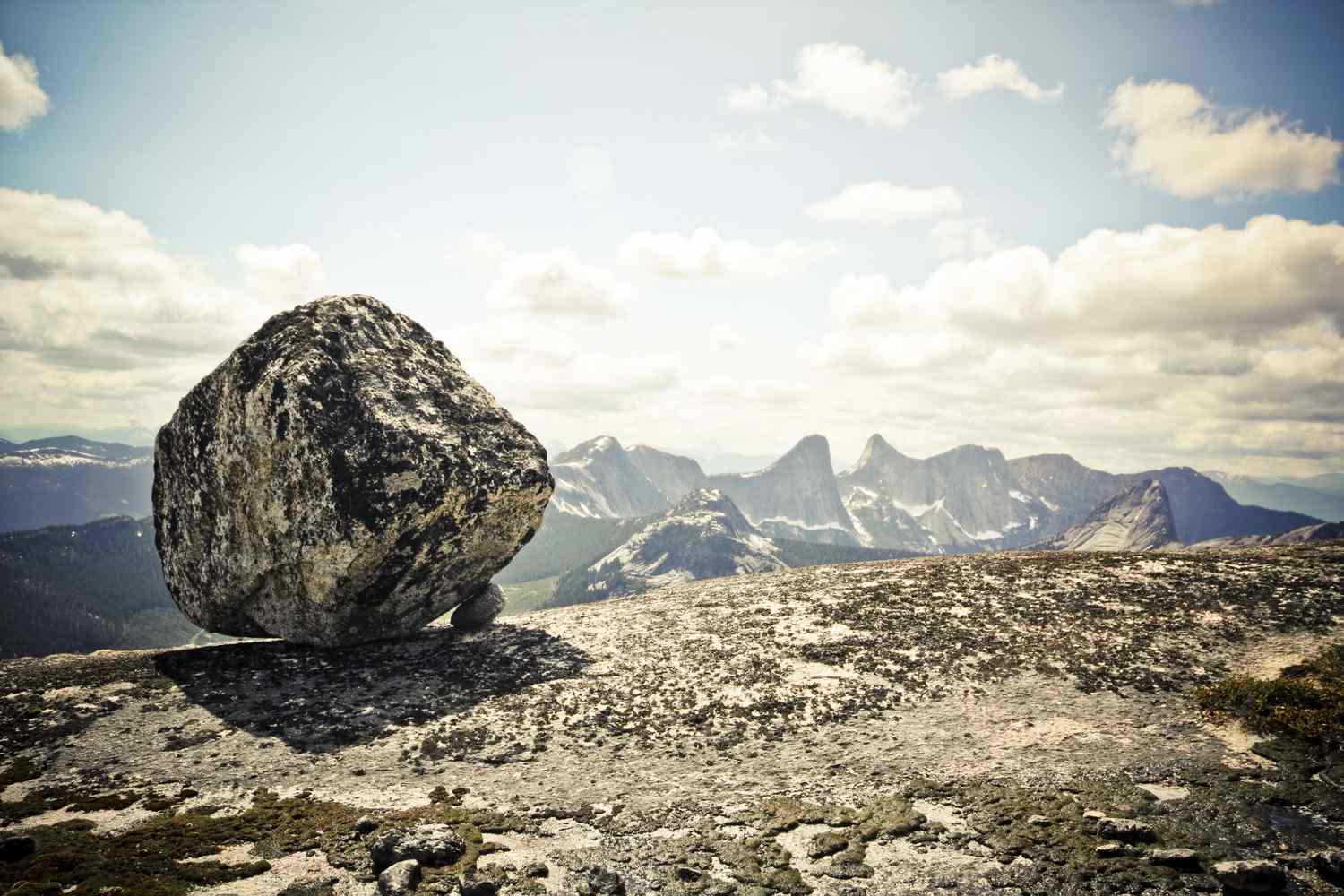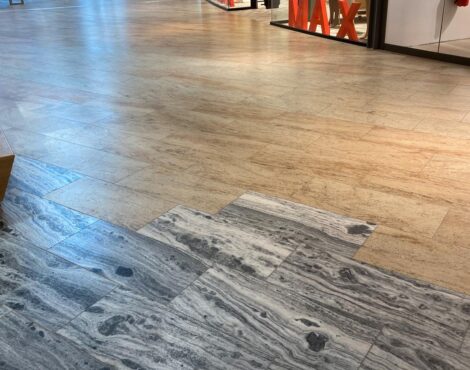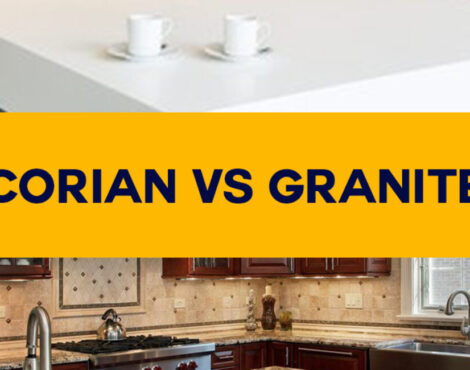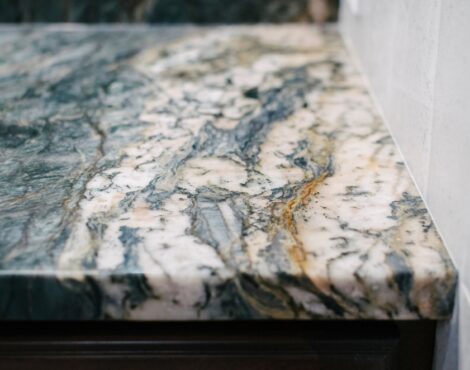Have you wondered why a single rock type like granite may vary in color? Let’s understand what contributes to granite colours and patterns because there are endless possibilities, given that they were created by nature itself.
Imagine a canvas on which nature’s best brushstrokes were used. This canvas is made of granite, which is a beautiful natural stone with a stunning range of colours and shapes. As an igneous rock, granite is more than just a strong building material. It shows how complicated the Earth’s geology is and how rocks work together in amazing ways to make it look beautiful.
What is Granite?
At its core, granite is an igneous rock that forms when molten lava below the Earth’s surface cools and hardens. This slow process, which takes millions of years, gives granite its unique structure and makes it extremely durable. Quartz, feldspar, and mica are the main minerals that makeup granite. Each plays an important role in how the stone looks.
An igneous rock forms when rock that has been melted cools and hardens. This is different from sedimentary and metamorphic rocks, which are the other two main types.
Physical Properties of Granite
Granite typically has a density ranging from 2.65 to 2.75 g/cm3 (165 to 172 lb/cu ft), with a compressive strength typically exceeding 200 MPa (29,000 psi), and a viscosity of 3–6·1020 Pa·s near STP. The melting temperature of dry granite at ambient pressure ranges from 1215–1260 °C (2219–2300 °F); in the presence of water, it decreases significantly to 650 °C at a few hundred megapascals of pressure.
Granite generally has low primary permeability, but exhibits high secondary permeability through cracks and fractures when they exist.
Granite’s Chemical composition
A worldwide average of the chemical composition of granite by weight percent.
|
72.04% (silica) |
|
|
14.42% (alumina) |
|
|
4.12% (Potassium oxide) |
|
|
3.69% (Sodium Oxide) |
|
|
1.82% (calcium oxide) |
|
|
1.68% (Iron II Oxide) |
|
|
1.22% (iron (III) oxide) |
|
|
0.71% (Magnesium oxide) |
|
|
0.30% (Titanium dioxide) |
|
|
0.12% (Phosphorus pentoxide) |
|
|
0.05% (Manganosite) |
Source: Wikipedia
The Broad Range of Colors
One of the most alluring characteristics of granite is its wide variety of colours, which vary from the most traditional whites and blacks to the most vibrant reds, greens, blues, and intricate patterns. These hues are a result of the mineral composition of each granite deposit, making each slab a unique Natural creation.
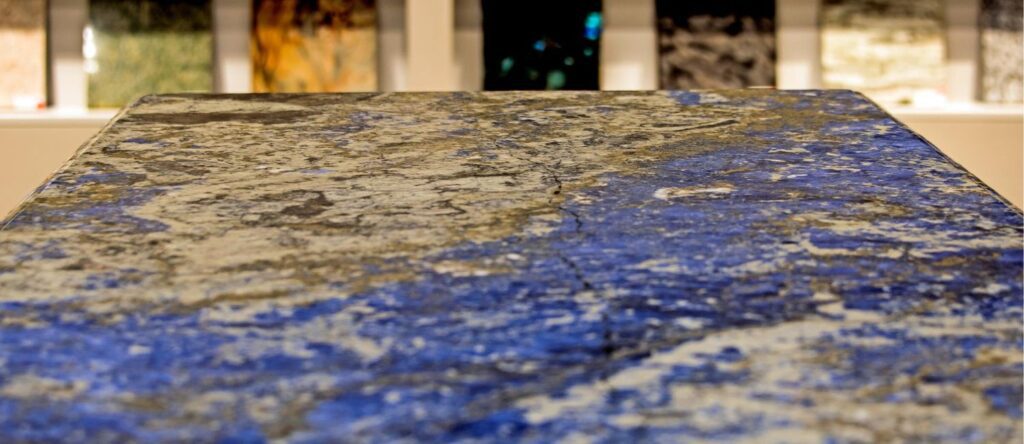
The Science Behind Granite Colors and Pattern
Over time, when molten rock cools and hardens, it can turn into granite. The chemical composition of the rock determines what kinds of minerals will form and how they will change the final granite. So, the size of each grain or pattern depends on how slowly the molten rock cooled down.
Granite’s beautiful colours and shapes come from the way the minerals that make it work together. Because of how these minerals interact with each other, granite slabs have an interesting range of colours.
Now let’s examine the various colour range of Granite and their respective colourants.
Why Granite Colors Range From White To Black
To fully understand how complex the colours and patterns of granite are, let’s look at how different minerals contribute to the wide range of looks:
1. White and Light Granite Colors
High amounts of quartz and feldspar give granite with a mostly white or light background its clean look. Quartz, which is a clear material, makes up the background colour, and feldspar adds its own colours, which range from pale cream to soft pink. The interplay between these minerals gives rise to a clean and elegant canvas for various applications.
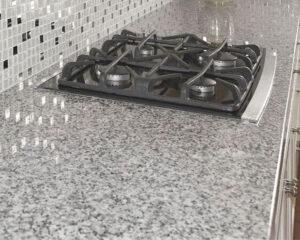
2. Black and Other Dark Granite Colors
Most of the time, crystals like biotite mica and hornblende are to be given credit for the deep, striking black colours of granites like Absolute Black. When put next to the lighter parts, these dark minerals stand out in a big way, giving the stone a sophisticated and timeless look. During the cooling process, these minerals mix together, giving the stone a depth that adds to its beauty.
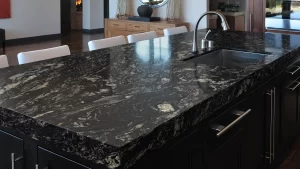
3. Granite Colors of Red and Brown
Iron-rich rocks like hematite and garnet give granite its warm, earthy reds and browns. As these minerals oxidise over time, the colours of the stone get deeper and more unique. Because of this, granite has a sense of warmth and stability that makes it a popular choice for many building and decorating projects.
4. Shades of Green and Blue
Green and blue granites may be some of the most interesting because they are both bright and calm. Minerals like chlorite and amphibole give the stone its green colour. These minerals make the stone look like a lush natural scene. On the other hand, blue granite gets its beautiful colour from sodalite, a mineral that gives the stone shades ranging from dark navy to bright azure.
5. Pink Granite Color
The beautiful pink colour of granite is mostly caused by the material orthoclase feldspar, which is high in potassium and absorbs some wavelengths of light while reflecting the red and pink wavelengths. The pink and pinkish-red colours of pink granite are caused by the way light is absorbed and reflected by the mineral’s structure and minor elements like iron and aluminium. Minor impurities and the interaction of other minerals also affect the shade and intensity of pink. This leads to a beautiful range of pink colours that can be found on countertops, sculptures, and architectural wonders, each one a reminder of how geological processes shape our world.
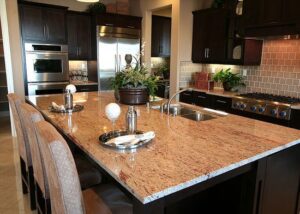
6. Granite With Patterns And Different Colors
Patterns in granite show how minerals moved around and mixed together as the rock cooled and hardened. This interaction makes designs that are often made up of minerals like biotite and hornblende, as well as feldspar and quartz. The way these rocks are arranged makes for a wide range of beautiful patterns that make each granite slab a unique work of art.
Myths about Granite Colors
Myth 1: All Granite is Uniform
In spite of what most people think, rock is not always the same colour. Each slab is a unique because it has different designs and colours however minor the variation is.
Myth 2: Colour Indicates Quality
While everyone has different tastes when it comes to colour, the quality of granite is based on things like how long it lasts, what minerals are in it, and how well it works for the purpose it was made for. Its worth is not just based on how it looks.
READ: Granite Quality Check Guide
Myth 3: Natural Stones Don’t Fade
Granite can lose its natural beauty over time if it is exposed to too much sunlight or other environmental factors. Proper care and upkeep are needed to maintain its beauty.
Conclusion
The colours and patterns of granite show the Earth’s geological past. They are an artistic representation of how the Earth has changed over millions of years. Each colour, from the fiery reds to the calm blues, tells a story about how minerals interact, how natural processes work, and how creative the Earth is. The next time you see a granite surface, whether it’s an elegant tabletop or a beautiful piece of art, take a moment to think about how the minerals that made it worked together to create these beautiful works of nature.

